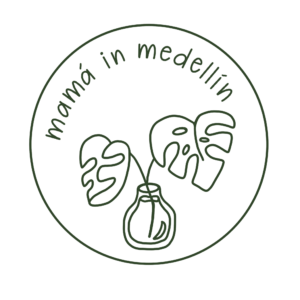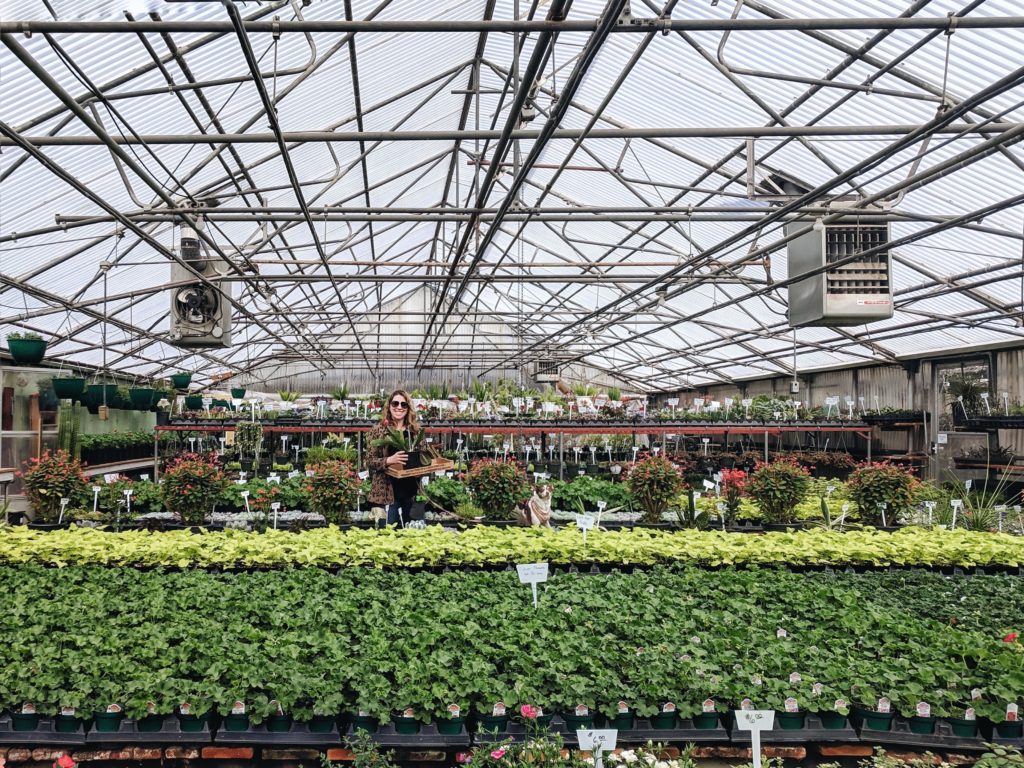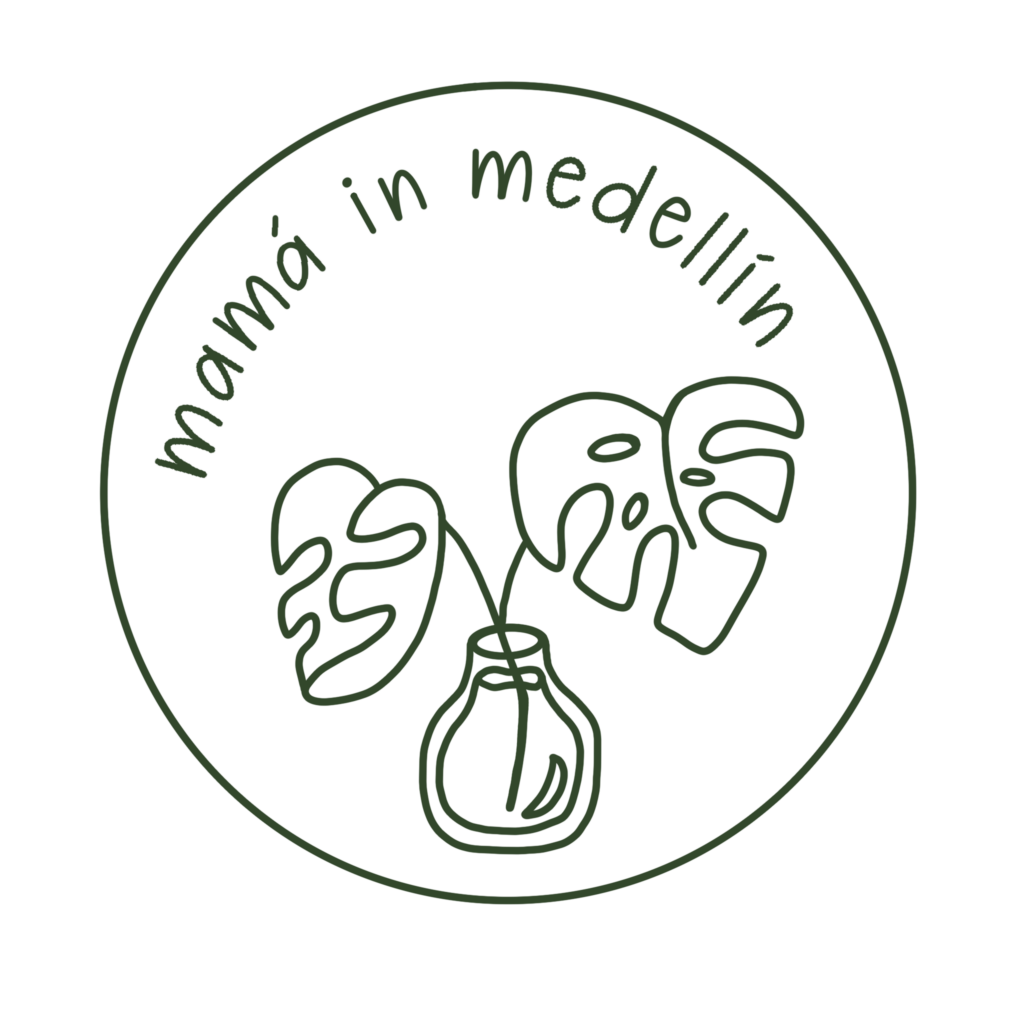Pregnancy + Childbirth in Medellín, Colombia
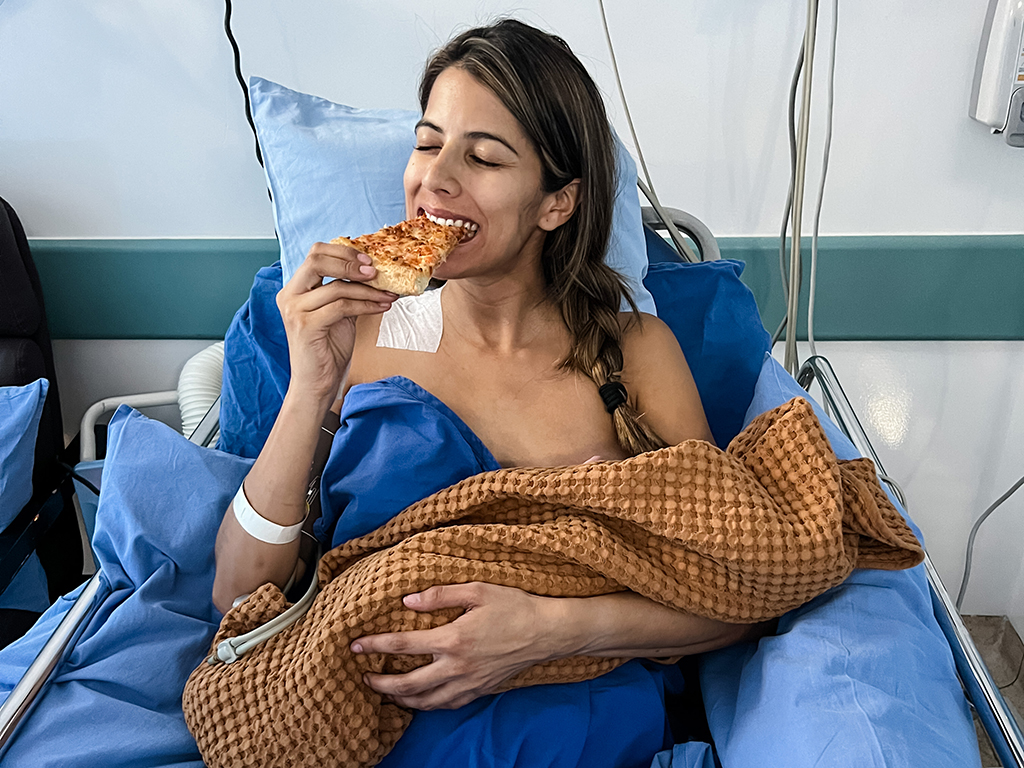
A mother’s choice from how she manages her pregnancy all the way up to how and where she delivers is deeply personal. What worked for me may not work for you. I opted for more traditional births and would like to provide some context before you read further to ensure this information will be helpful and relevant for you:
- My first two children were born in hospitals, one in the United States and the other in Medellín. I plan on giving birth at the same hospital in Medellín for my third.
- I was 4 months pregnant with my son (second) when I moved to Medellín.
- I have been pregnant in Medellín for the entire duration of the following pregnancy.
- I had a doula for the birth of my second and will have the same doula for my third.
- I have had and will ask for the epidural.
If you’re interested in a holistic birthing experience in Medellín, I recommend reaching out to my friend Camila. She is a perinatal psychologist with her Masters in Public Health who has lived in Medellin for 5 years. Camila speaks both English and Spanish fluently. You can check out her Instagram that also has a link to her contact information here.
In my experience, the difference between delivering in the United States and Colombia was neither good nor bad – just different. I’m glad to have had the opportunity to experience both and share them here. It was hard for me to find shared experiences of what a traditional delivery looked like in Colombia and was nervous about what to expect. My experience may not be yours but I’ll share resources I’ve found along the way in hopes of helping you in your pregnancy and delivery journey, including:
Finding an obstetrician
I started with establishing myself as a patient with an obstetrician. I’ve heard others start with the hospital first and then try to find a doctor who delivered there. I felt that if I found a doctor I trusted enough, it didn’t matter where I delivered. I found this Facebook group helpful when searching for a provider. I first searched previous posts and came across a slew of recommendations. If you’re not sure how to search previous posts, this link explains how. If you can’t find what you’re looking for and are going to ask, be descriptive and share what kind of doctor and/or experience you’re looking for to help get the answers you need.
I was looking for someone who was preferably bilingual and an advocate for vaginal birth unless the baby or I needed intervention for our health and safety. I had heard from Colombian and foreign mothers alike that OBs in Colombia are much more likely to perform cesareans – especially depending on which insurance you have. My OB had a patient who preferred vaginal delivery unless medical intervention was required. She had been laboring for 25+ hours. Other doctor’s were in disbelief and asked my OB “Why don’t you just cut her and get it over with?” to which she replied, “She doesn’t want that. Mom and baby are stable and healthy, there’s no need.” That was the kind of advocacy I was looking for.
Things to note:
- Depending on the provider, it could take three months or more to get an appointment as a new patient, if they’re accepting new patients. Plan accordingly.
- Be mindful of Colombian holidays or “festivos” especially around Christmas — some offices shut down for 3-5 weeks starting mid-December.
- With my OB, her office isn’t a one-stop shop where your bloodwork and detailed ultrasounds happen at the same time in the same office as your scheduled appointment. The OB will do an ultrasound at every visit but very basic. At the end of each appointment she’ll give you your prescription or “formula” for what needs to be done by when.
- For lab work: Labratorio Clinico Hematologico or Laboratorio Echavarria have locations all over Medellin. I used Echavarria since they had a location walking distance to me. Staff and experience were both great. I could access most of my results online.
- For detailed anatomy scans and ultrasounds: MAFEM. I had a really lovely experience with Dr. Raúl García Posada. I would avoid Dr. Esteban Mauricio Orozco González based on multiple complaints shared by other moms.
- It was my responsibility to get the results and forward to my OB via WhatsApp as opposed to relying on the other offices to communicate with each other on my behalf. Usually results were sent to me via WhatsApp or available to download online.
- I got my noninvasive prenatal testing (NIPT) test done through Gencell at 10 weeks and the results back 2.5 weeks later. They even came to the house to draw the sample. This was not covered by insurance.
- For my second, I was already diagnosed with gestational diabetes and therefore uninsurable so I had to pay “particular” which means private or out-of-pocket. I paid for all my OB appointments and her delivery fee to her directly. The hospital invoice, bloodwork, and ultrasounds were also paid for by me, separately.
- For my third, we have SURA Global and everything’s covered. Most of the bloodwork is covered and my ultrasounds at MAFEM are too.
Additional support
I didn’t have a doula in the United States and decided to have a doula in Colombia. My number one reason was so that my partner and I could focus on laboring and not translating. My Spanish is decent but medical terminology is a different ballgame. We had such a great experience, we hired her again for our third. Bonus: My doula and OB are good friends IRL so it was a friendly, familiar, relaxed energy in the delivery room.
Prior to actual labor, we met 3 or so times to get to know one another, for her to understand what our labor & delivery hopes were, and she and I did some solo yoga practices and meditations. I let her know when I was in early labor and gave her a heads up when we were on the way to the hospital. I arrived at the hospital first and shortly after, so did she. She kept my OB up-to-date the entire time so I didn’t have to, helped with labor exercises, and routinely checked in on me to see if there was anything I needed. A week post-delivery, she checked in (and a couple of times after that) to see how I was doing and if there were any ways she could help support me. Throughout the process she was patient, kind, and helpful answering my questions to the best of her knowledge. If it’s something you’re exploring, I would absolutely recommend.
What to expect at the hospital
It felt like an eternity between arriving at Clinica El Rosario Sede Tesoro until getting settled into the delivery room. Mostly because I was progressing so quickly and having to fill out paperwork in between very painful, intense contractions. Since I’m insured this time around I can skip paperwork on the front end with an “orden de parto” to prove to admissions that the hospital will get paid. To my knowledge this is only available if you’re insured. Your OB’s office will submit what’s needed to your insurance provider and then send you the papers once confirmed to print and give to admissions upon arrival to the hospital.
It was comparable to being admitted in the States — get through triage, find out how far dilated you are, ask if you want the epidural or not. My partner took care of putting my hospital bag away and was sure to grab the separate ziploc bags that had things for baby, me, and our portable speaker. I had to remove all my jewelry.
In terms of actual labor & delivery, after getting the epidural it was very chill. We were doing labor exercises with a medicine ball while l was laying down or when I was able to walk a little and bounce. I didn’t feel rushed at all and thankfully things were going smoothly. What I appreciated most about the entire experience was being able to listen to my body and ended up giving birth in a way that served both my son and I that didn’t require me to move into any one particular position. I don’t believe I would have had the same opportunity to experience it in the U.S.
Once he was out, it was immediate skin-to-skin. They cut his umbilical cord and got his vitals. After he was clothed and swaddled, we moved out of the delivery room into a holding area to wait for our room. In Colombia, newborns are vaccinated for tuberculosis meningitis and Hepatitis B. We deferred to do this the following day as opposed to immediately right after birth.
Something to keep in mind is whether delivering vaginally or c-section – if mom and baby are safe and sound, you’ll likely stay one, maybe two, nights in the hospital — so pack for a quick trip. I had a vaginal delivery with my son at 2pm on a Saturday and we were discharged at 5pm on Sunday. One of the reasons is maternity services are not profitable according to Luis Hernán Sánchez, director of the Association of Public Hospitals of Antioquia. Since maternity services are not considered profitable, a number of hospitals have closed their labor & delivery wards to open up services that generate more revenue which means there are less beds available as a whole. While the number of births in Colombia has decreased since 2021*, they’re not looking for you to stay longer than you need to and saving what beds they do have for people who need them. (*Source: El Departamento Administrativo Nacional de Estadística)
I can’t speak for all hospitals, but at Clinica El Rosario in Medellín in 2023:
- There is no newborn overnight care help. Baby stays with mom 24/7.
- There are no car seat technicians to help make sure your car seat is installed correctly. Car seat culture in Colombia is a different story.
- I wouldn’t bring your breast pump in hopes of getting a deep-dive run through with a lactation consultant. Hospital grade breast pumps some are used to using or seeing in the USA aren’t as common here. If you’re looking for breastfeeding support, that’s something you’ll likely need to find through your pediatrician.
Packing your hospital bag
When having a baby in the USA, you’re constantly being reminded to take any leftover freebies from your hospital stay because there’s a stock of items ready and waiting for you and baby — diapers, wipes, postpartum care materials. The only thing Rosario provided for the baby was formula if they needed it. For moms, there are pain medicines they’ll provide if necessary but I was given stool softeners immediately after delivering my first in the USA. In Colombia, I had to bring my own for my second. IYKYK.
Here’s my suggested packing list. If you forget something at home, there is a little pharmacy store in the hospital that might have what you need.
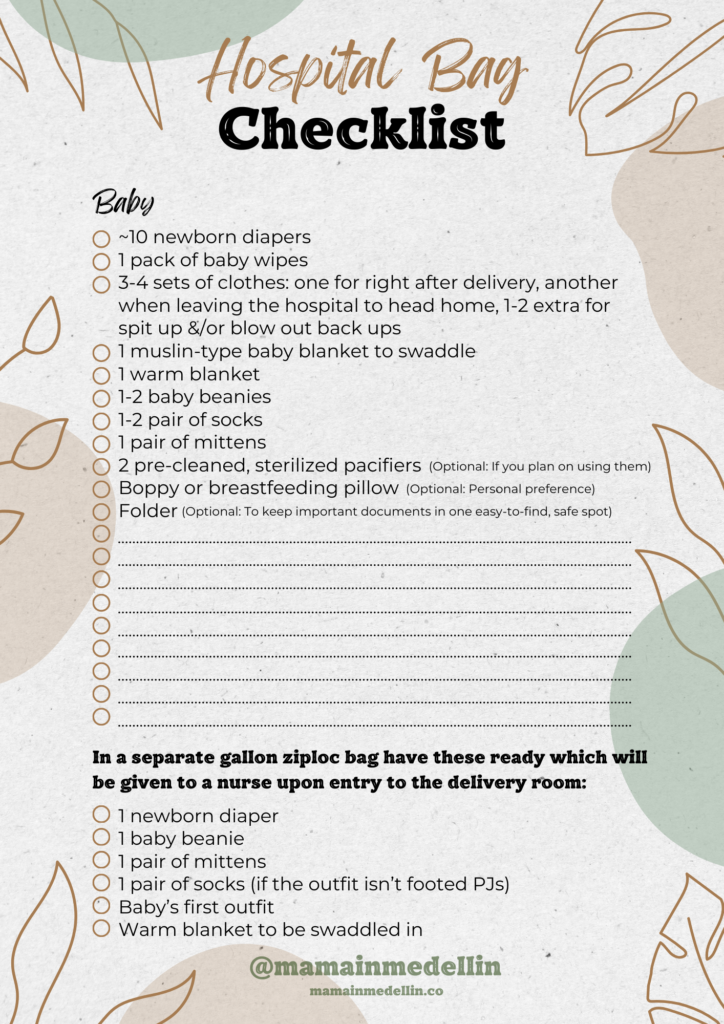
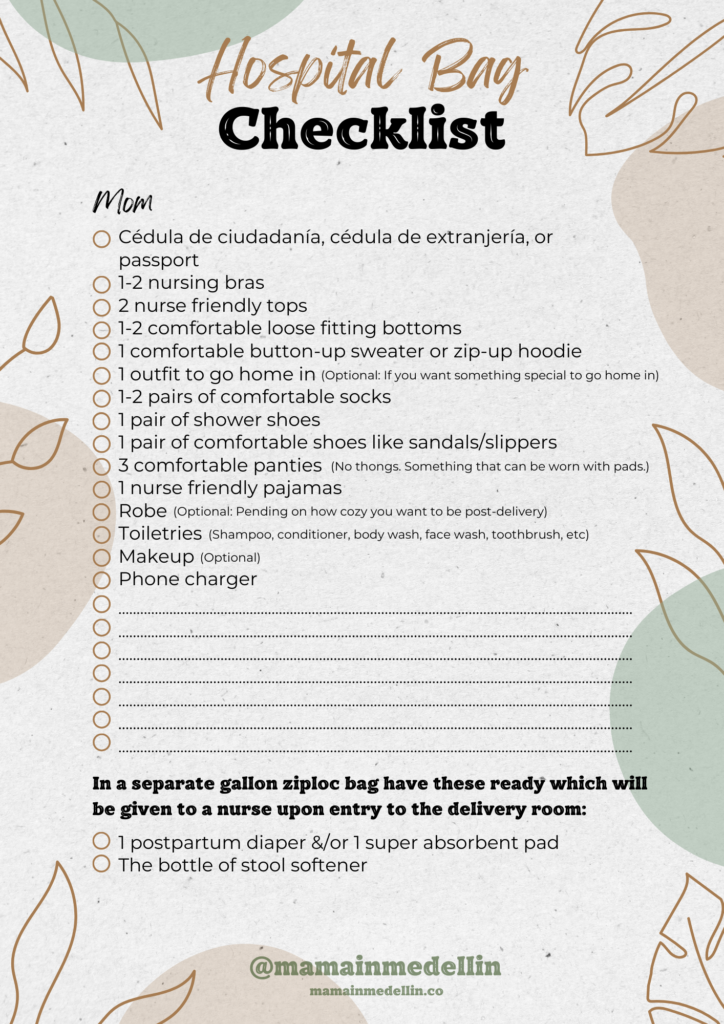

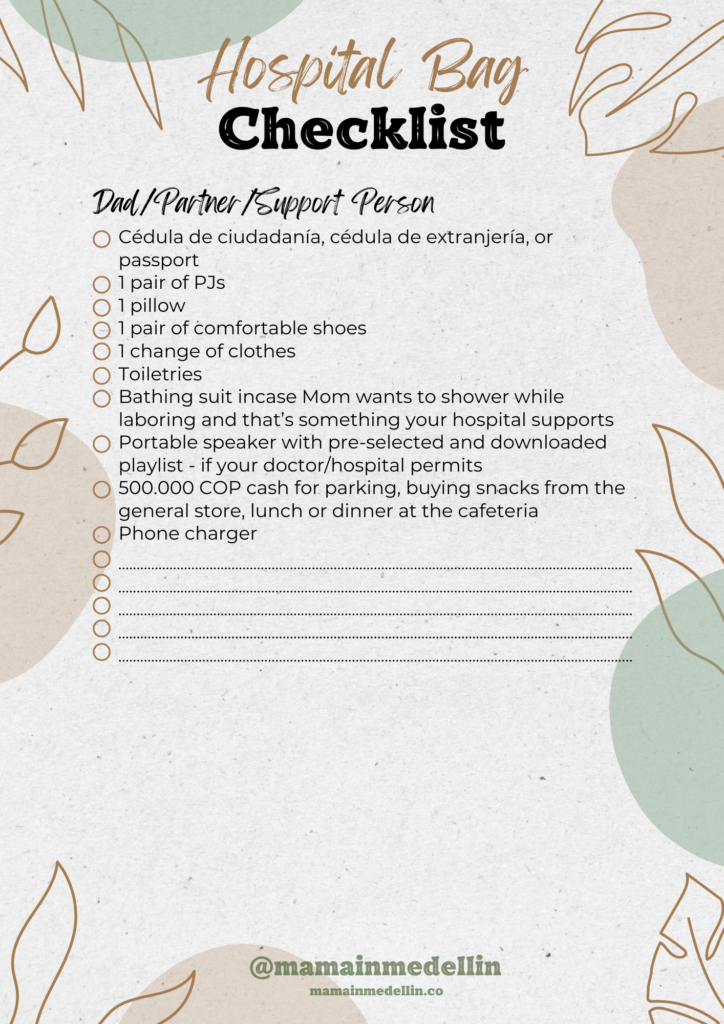
Leaving the hospital
Unlike the United States – you DO NOT have to submit your child’s “registro civil de nacimiento” or birth certificate before leaving the hospital.
Be aware that there will be a notaria representative that floats around who is there to help you file and submit your newborn’s registro civil de nacimiento — except on Sundays. Ask them what notaria they’re from and where they’re located. This is important because if you sign up with them, you have to go to that same notaria whenever you need to do anything involving your child’s birth certificate such as replacing a lost copy. From the other mom’s (including Colombians) I’ve asked – this is common across all hospitals. I would ask if you end up doing a hospital tour or check with your doctor to confirm.
For example, you could live in say Laureles and the notaria that day is a rep from an office in Itagüí. Every time you need to do something involving your child’s birth certificate, you’d have to go to that office in Itagüí. Even if there’s a notaria one block away from where you live in Laureles, there is no shared information across notary’s here. You will always have to go to that notaria in Itagüí.
Keep your hospital papers in a safe place. This is why I recommend packing a folder in your hospital bag. There’s a lot of shuffling around and documents could easily get misplaced. You will have all the paperwork you need to bring with you when you go to the notaria to get your child’s birth certificate.
The last thing you’ll do before you leave the hospital is get squared away with accounting. They’ll give you a receipt to give to the nurse to prove you’ve paid and then you’ll begin the discharge process.
Things to note:
- We waited about a week until we went to a notaria near us to register our second’s birth certificate.
- I would recommend going first thing in the morning to avoid lines and crowds. You’ll get preferential priority with your newborn no matter what time you go, but some notary’s are always jam packed.
- Getting their registro civil de nacimiento is the first step you need to take so then you can add them to your insurance, get their Colombian &/or United States passport, etc.
- We left with the birth certificate in hand the same day.
- Baby must go with you. They register baby’s footprints too.
Team Recap
I truly felt like I had the A-squad care team from start to finish. Happy to recommend:
- Obstetrician: Dr. Juana Orrego Molina
- Doula: Susana Castro
- Hospital: Clinica El Rosario – Sede Tesoro
- Labwork/Bloodwork: Labratorio Clinico Hematologico or Laboratorio Echavarria
- Ultrasounds: MAFEM (ask for Dr. Raúl García Posada)
- Lactation Consultant: Smile House Odontología
Comunidad Ser Mama is a great resource and community to follow. They have various events that support mom’s and dad’s throughout the year. There is also a big festival where pediatricians, lactation consultants, nutritionists, other specialists, and kid-focused companies attend.
Coming up next
Once I have my child’s Colombian birth certificate, I prefer completing all the other paperwork I can while I’m on maternity leave. For me that’s getting my child’s:
- Colombian passport
- United States Consular Report of Birth Abroad (CRBA)
- United States passport
- Global Entry
- United States Social Security Card
In my next post, I’ll share exactly how I do all that!
If you had any questions about my experience that I didn’t cover, please comment below and I’ll be happy to answer if I’m able.

MEET SARAH
Welcome! I’m Sarah. I started this blog to be a resource for others around a few of my favorite things: living in Colombia, DIY projects, places traveled, and day-to-day life. My hope is that it can a place of inspiration and encouragement to help you plan the next project or adventure of your own!
